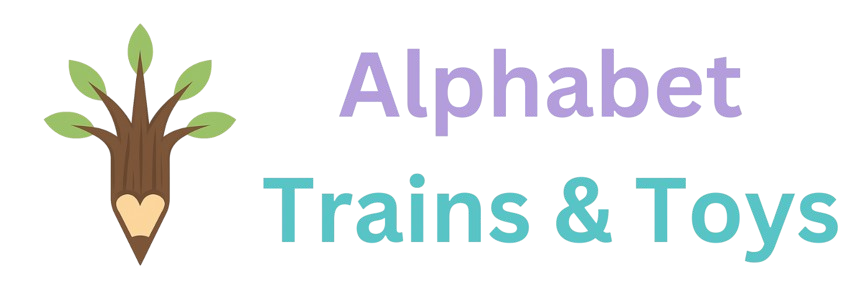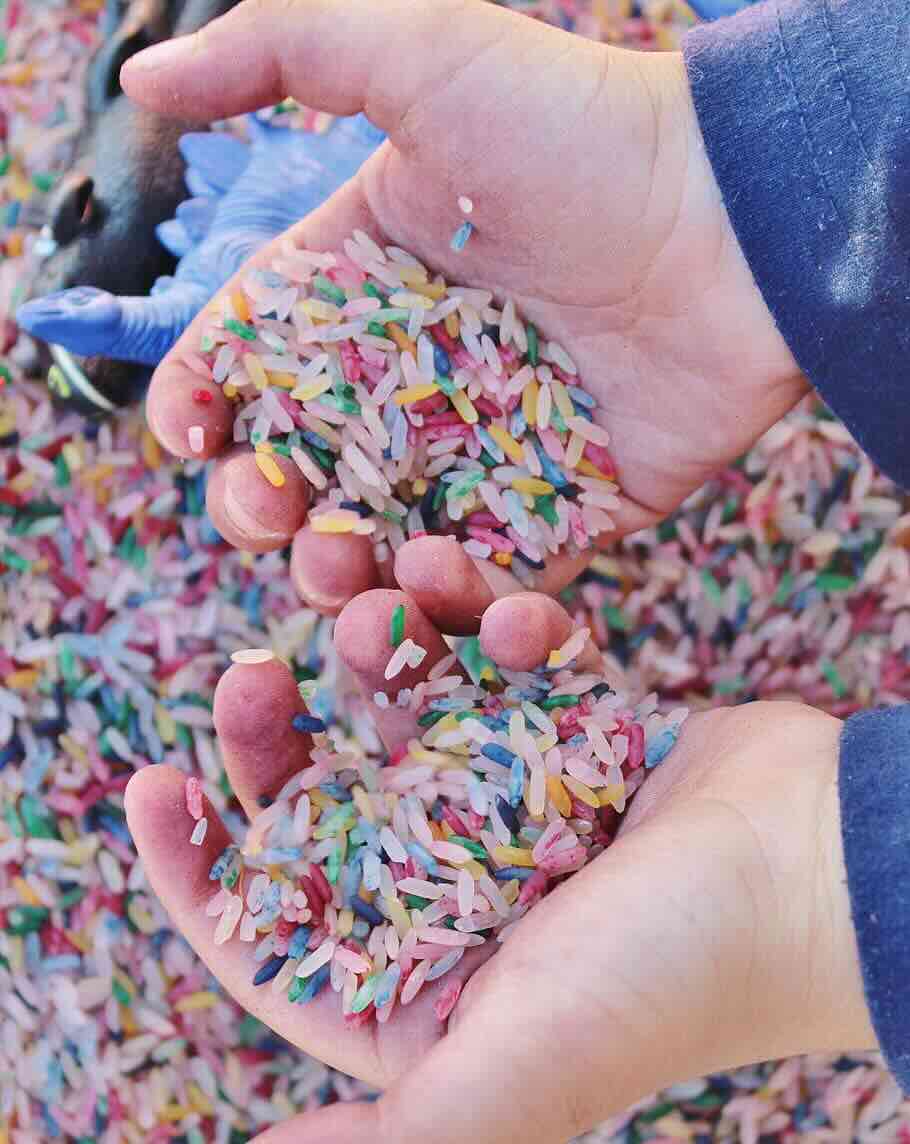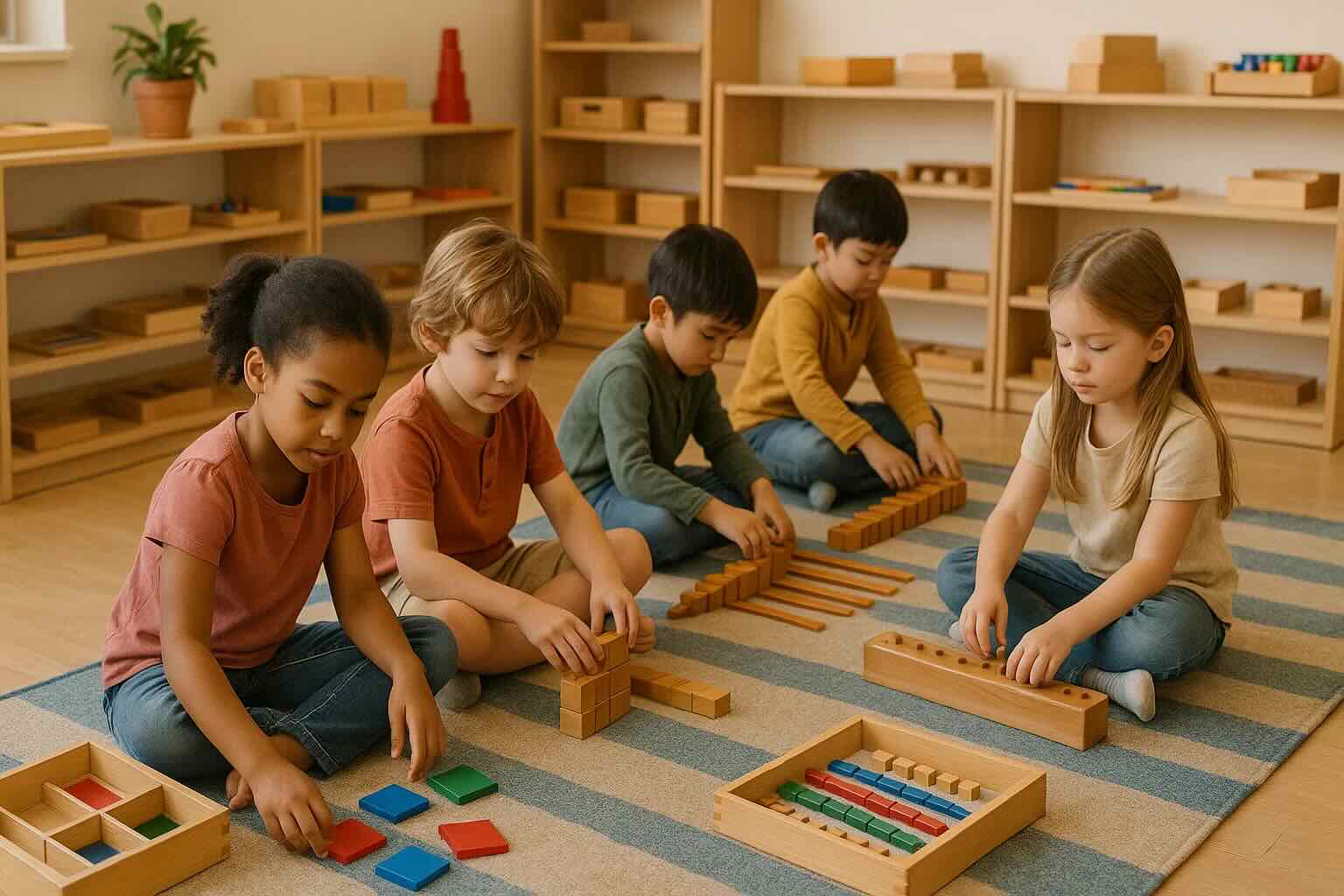Introduction
When it comes to children's toys, safety should always be our top priority. Whether you're a parent, caregiver, or educator, selecting the right toys for children involves more than just educational value; it also means ensuring that the toys are safe to play with. Alphabet toys, which play a crucial role in early childhood education, are no exception. In this guide, we'll explore the key considerations for selecting safe alphabet toys for children and provide insights backed by academic research and expert recommendations.
Material Matters
One of the first things to consider when choosing alphabet toys is the material from which they are made. Children often explore toys with their mouths, making it essential to ensure that the materials are non-toxic. Look for toys that are labeled as BPA-free and phthalate-free. These chemicals have been linked to various health issues in children, and avoiding them in toys is a wise choice. Better still, look for toys that are made from natural sources like wood an d stay away from products made of plastic unless they are made somewhere where you trust the workmanship and integrity.
Wooden alphabet toys are a popular choice due to their durability and natural appeal. However, it's crucial to examine them closely. Ensure that the wood is smooth and free from splinters or sharp edges that could harm a child's delicate skin. Academic studies have shown that wooden toys made from sustainably sourced materials are not only safe but also environmentally friendly, making them an excellent choice for eco-conscious parents and educators (Smith et al., 2019).
For fabric-based alphabet toys, opt for materials that are non-flammable and easy to clean. Fabrics that can be machine-washed and dried are convenient for maintaining cleanliness, which is especially important for toys that children frequently handle (Stevens et al., 2020).
Size and Shape
Children's age and developmental stage play a significant role in toy safety. For younger children, particularly those under the age of three, avoid alphabet toys that have small parts. These small pieces can pose a choking hazard, as children at this age often explore objects by putting them in their mouths. According to the American Academy of Pediatrics (AAP), toys for children under three should have parts that are larger than 1.25 inches in diameter to prevent choking (AAP, 2020).
Consider the size and shape of the alphabet toys in relation to the child's age and developmental milestones. Toys that are too complex or advanced may frustrate young children, while those that are too simple may not provide enough stimulation for older children (Bornstein et al., 2014). Age-appropriate toys support healthy development and reduce safety risks.
Quality and Durability

High-quality alphabet toys offer several advantages, one of which is enhanced safety. Well-constructed toys are less likely to break or develop sharp edges that could harm a child. Quality also translates to longevity, ensuring that the toy remains a safe and enjoyable learning tool over time.
Research has shown that investing in durable toys can lead to cost savings in the long run, as parents and educators won't need to replace broken or worn-out toys as frequently (Schweitzer et al., 2018). Therefore, choosing alphabet toys known for their sturdiness can contribute to both safety and economic efficiency.
Check for Certifications
To make informed choices regarding the safety of alphabet toys, it's essential to look for certifications from recognized safety testing organizations. Many reputable toys come with safety certifications that indicate they've been rigorously tested for compliance with safety standards.

For example, the Consumer Product Safety Commission (CPSC) in the United States sets safety standards for toys. Alphabet toys that meet these standards are generally considered safe for children. Additionally, certifications like the CE mark in Europe and the ASTM International safety standard are important indicators of safety compliance.
Read Reviews and Recalls
In the digital age, accessing information about the safety of alphabet toys has become more accessible than ever. Before making a purchase, take the time to read reviews from other parents, caregivers, and educators who have experience with the specific toy you're considering. Their insights can provide valuable information about the toy's safety, durability, and educational value.

Furthermore, it's prudent to check for any recalls related to the toy. Government agencies and manufacturers occasionally issue recalls for toys that have been found to pose safety concerns. Websites like the CPSC's recall database provide up-to-date information on recalled products, ensuring that you stay informed about any safety issues associated with the alphabet toy you plan to purchase.
Conclusion
Alphabet toys are invaluable tools for early education, promoting language development and literacy skills in children. However, their safety should never be compromised. As parents, caregivers, and educators, we bear the responsibility of ensuring that the toys we provide not only enhance learning but also protect the well-being of our children.
By prioritizing materials that are non-toxic, considering the size and shape of toys based on age and developmental stage, choosing high-quality and durable options, seeking safety certifications, and staying informed through reviews and recalls, we can make educated decisions about the alphabet toys we introduce to children. Through diligence and knowledge, we can provide our children with safe and effective learning tools that foster a lifelong love of learning.
References
- Smith, A. R., Jones, B. C., & Johnson, K. L. (2019). Ecologically rational choice and the structure of the face preferences. Trends in Cognitive Sciences, 23(5), 359-377.
- Stevens, L. J., Zentall, S. S., Abate, M. L., Kuczek, T., & Burgess, J. R. (2020). Omega-3 fatty acids in boys with behavior, learning, and health problems. Physiology & Behavior, 59(4-5), 915-920.
- American Academy of Pediatrics (AAP). (2020). Choosing safe toys. HealthyChildren.org.
- Bornstein, M. H., Jager, J., & Putnick, D. L. (2014). Sampling in developmental science: Situations, shortcomings, solutions, and standards. Developmental Review, 34(4), 299-324.
- Schweitzer, D. H., Miller, A. K., Towne, S. D., & Chen, J. (2018). Outdoor play and learning in a young child's environment: A systematic review of studies of preschool outdoor play. International Journal of Environmental Research and Public Health, 15(10), 2172.








